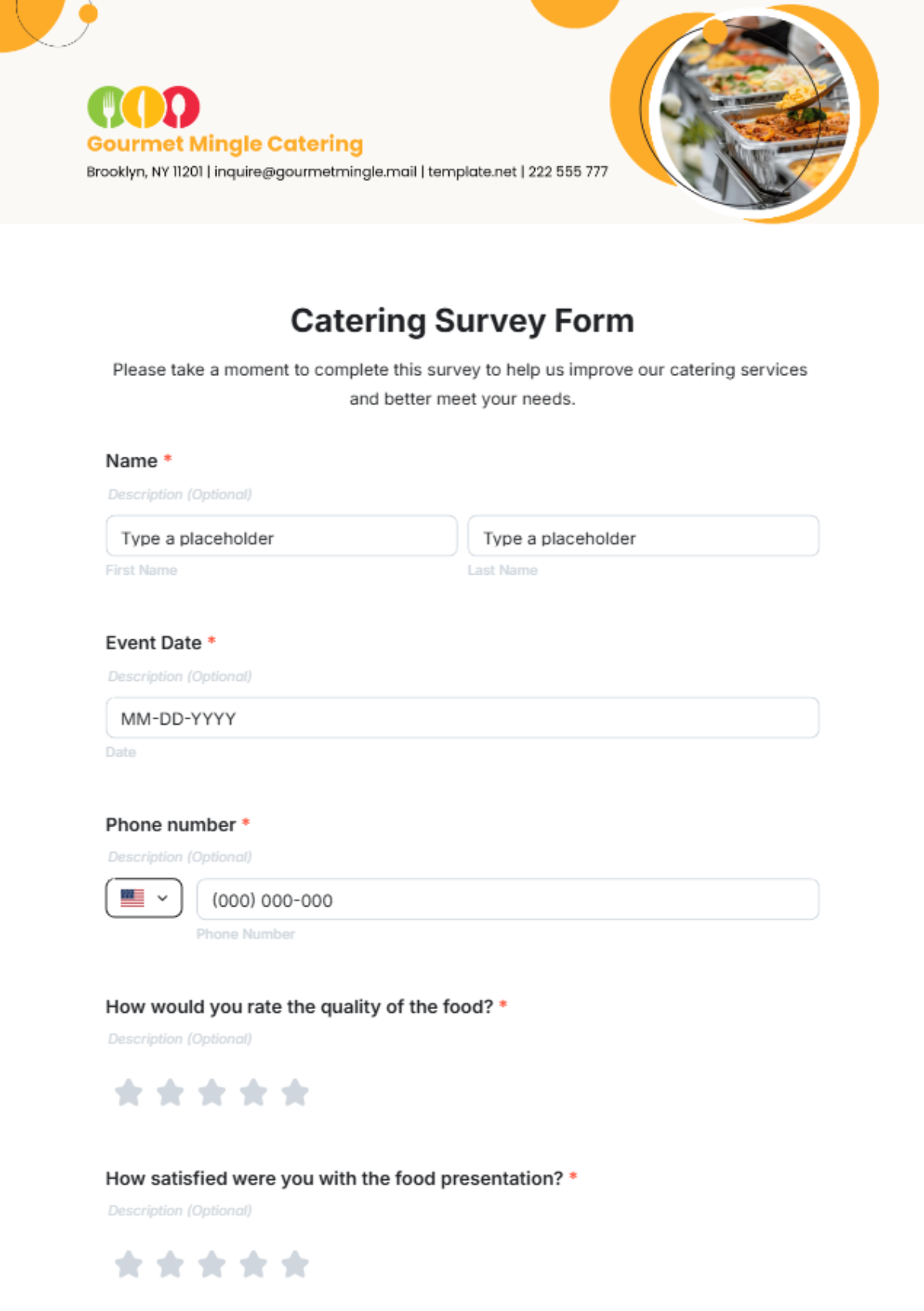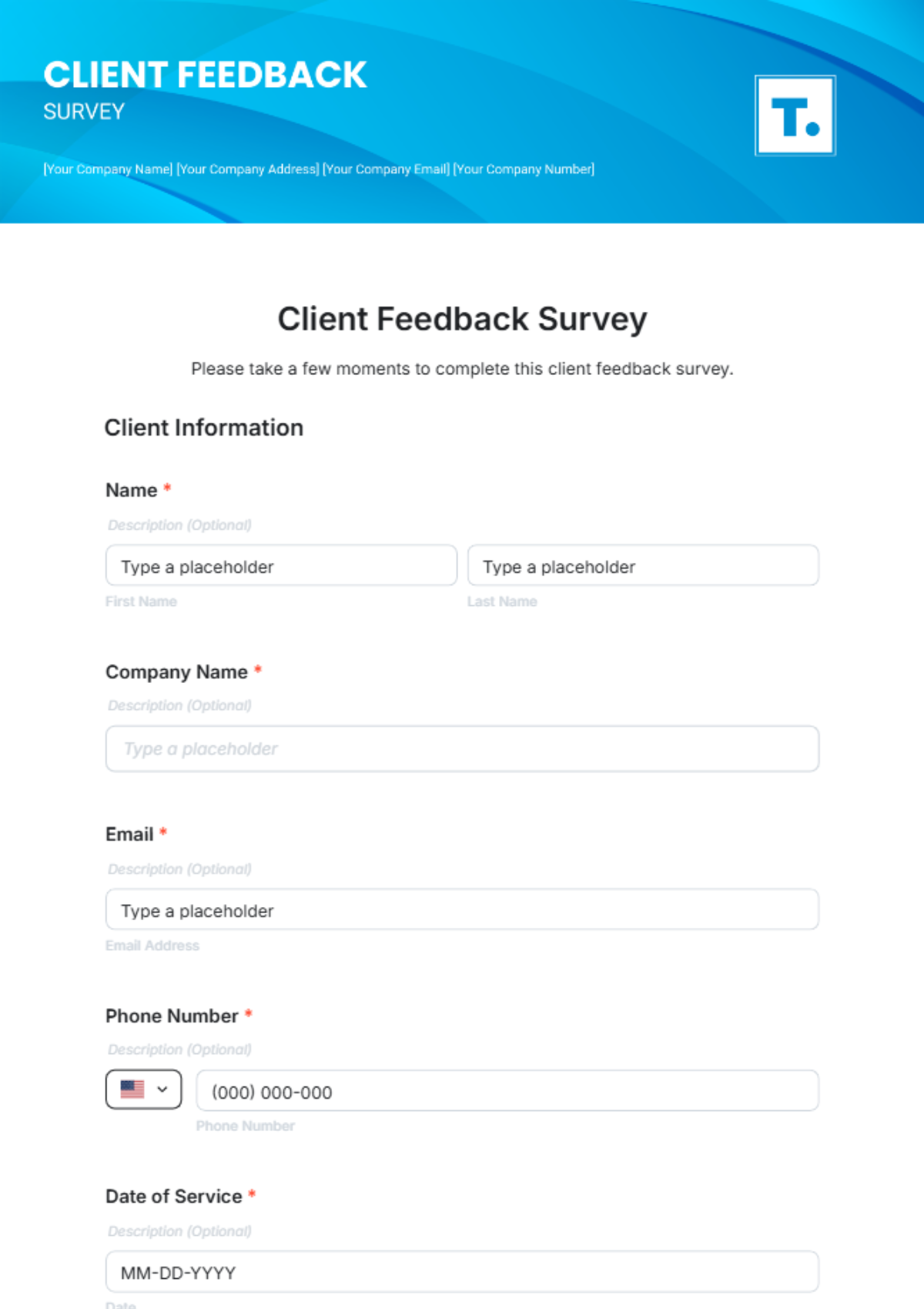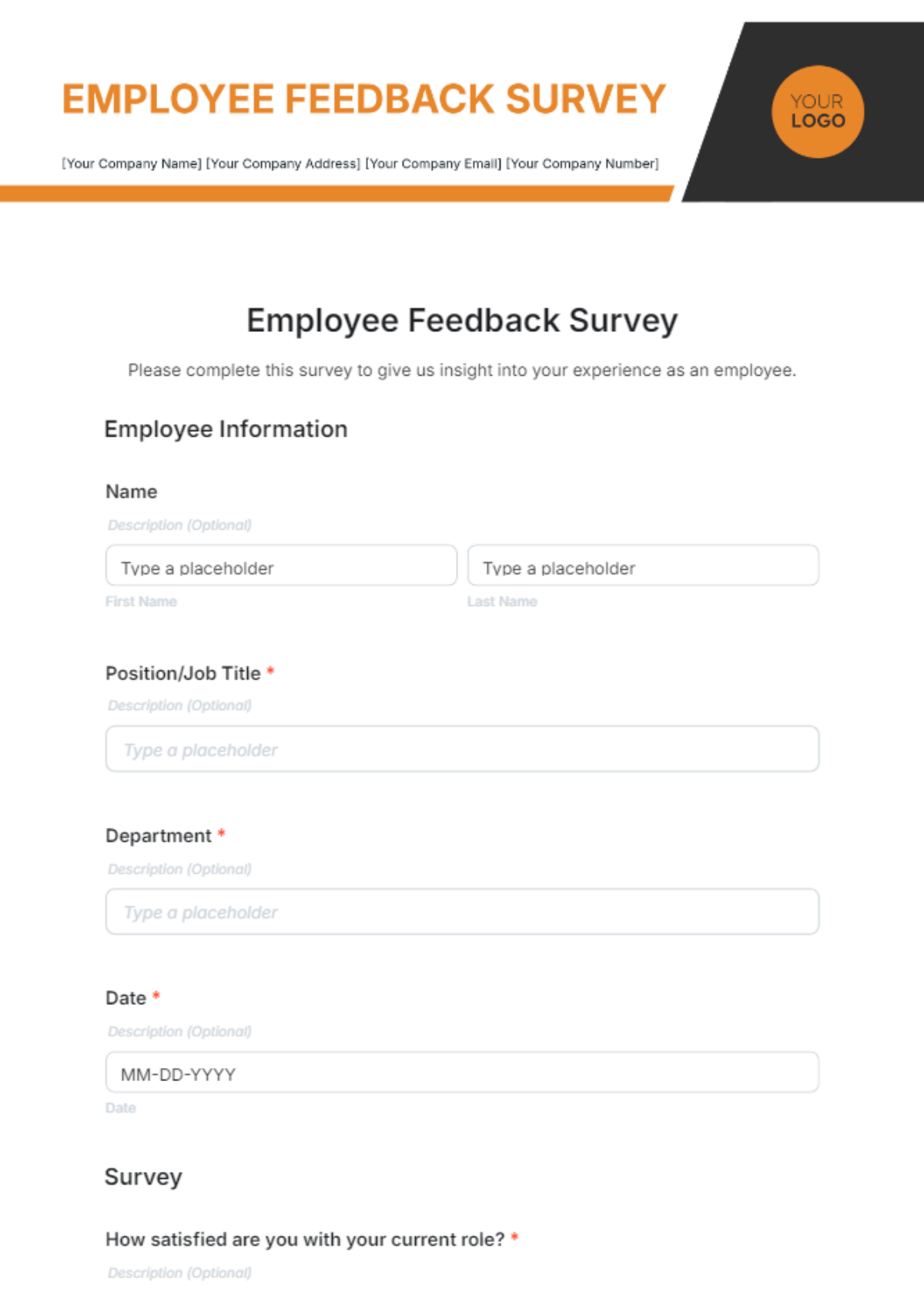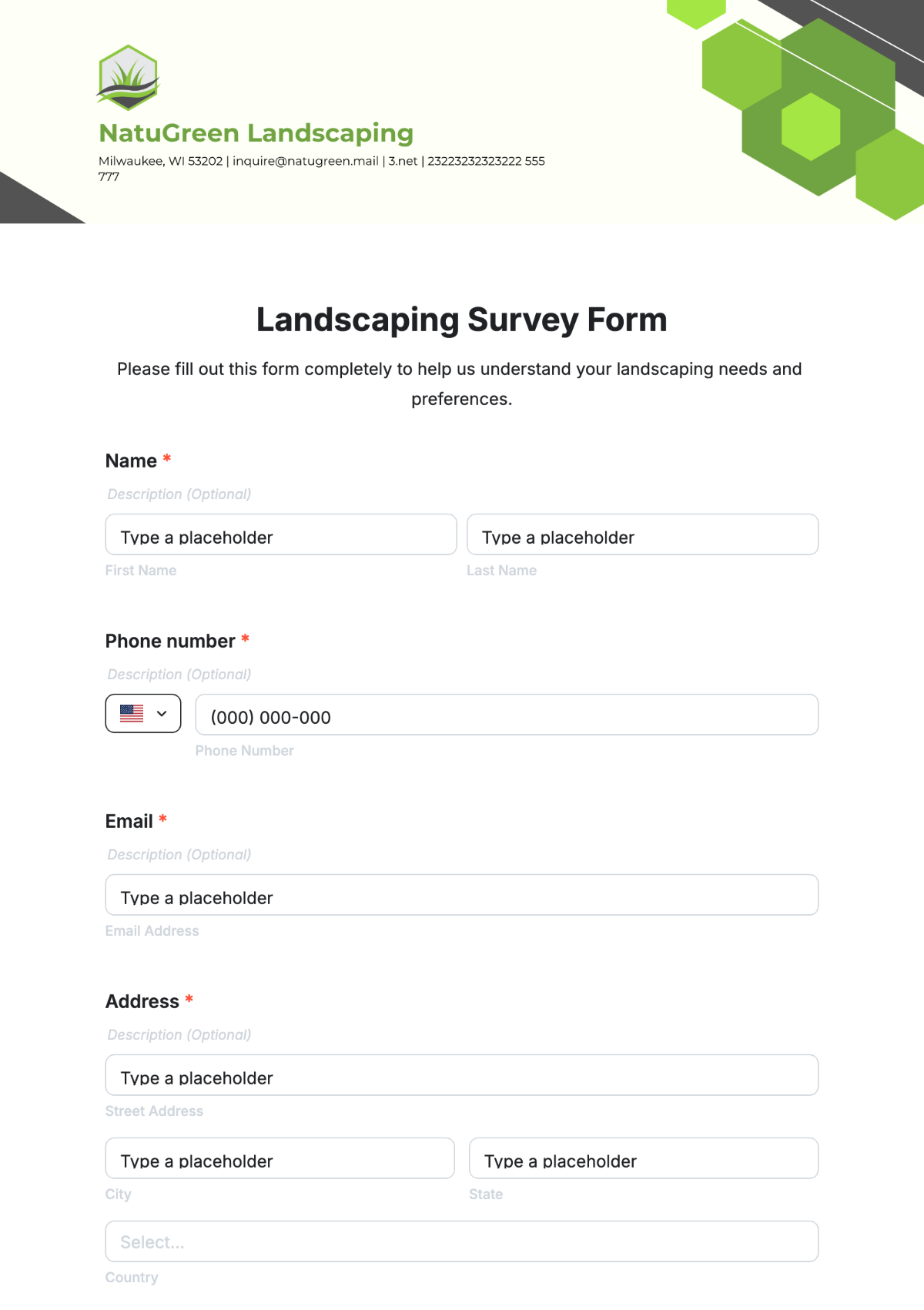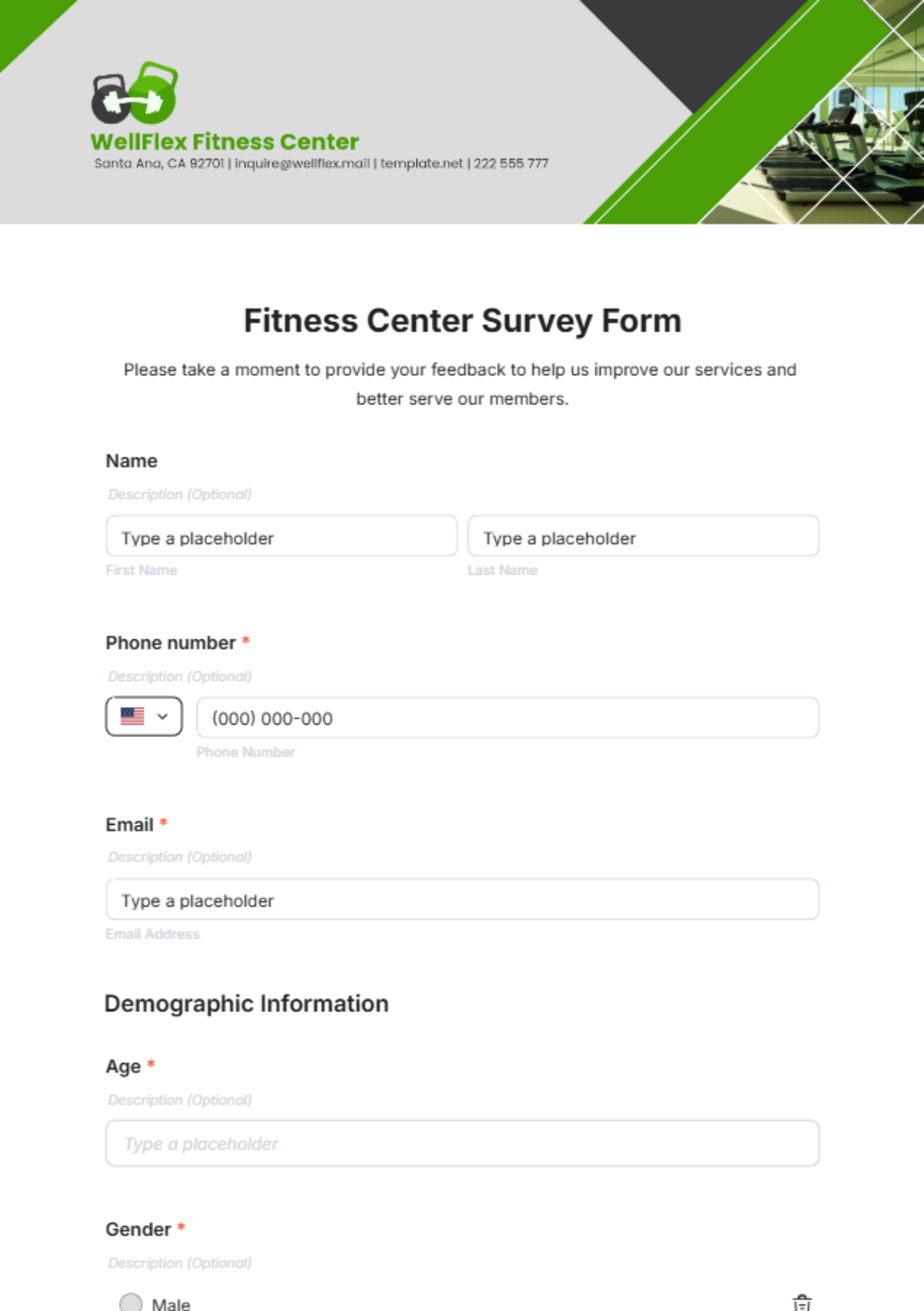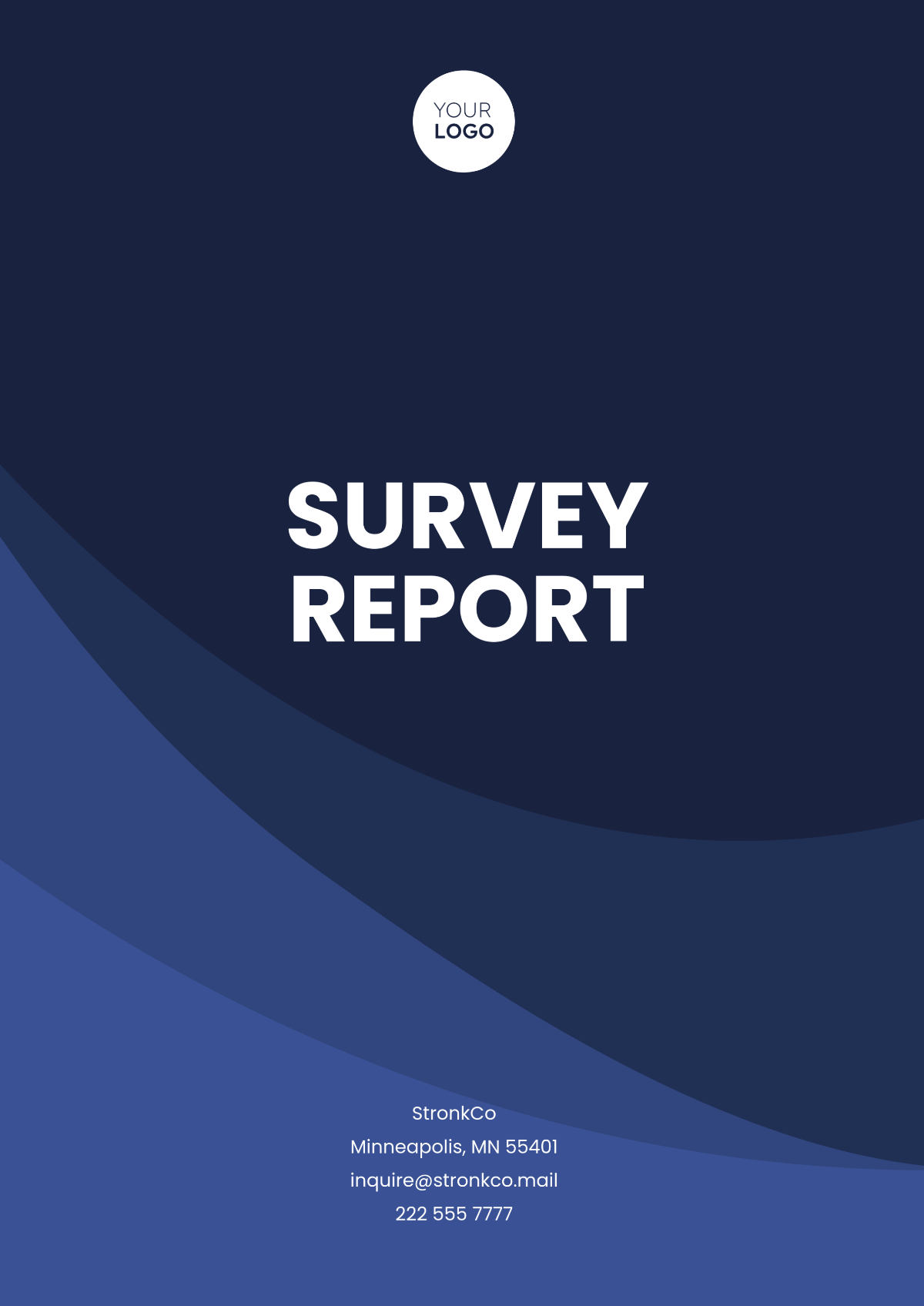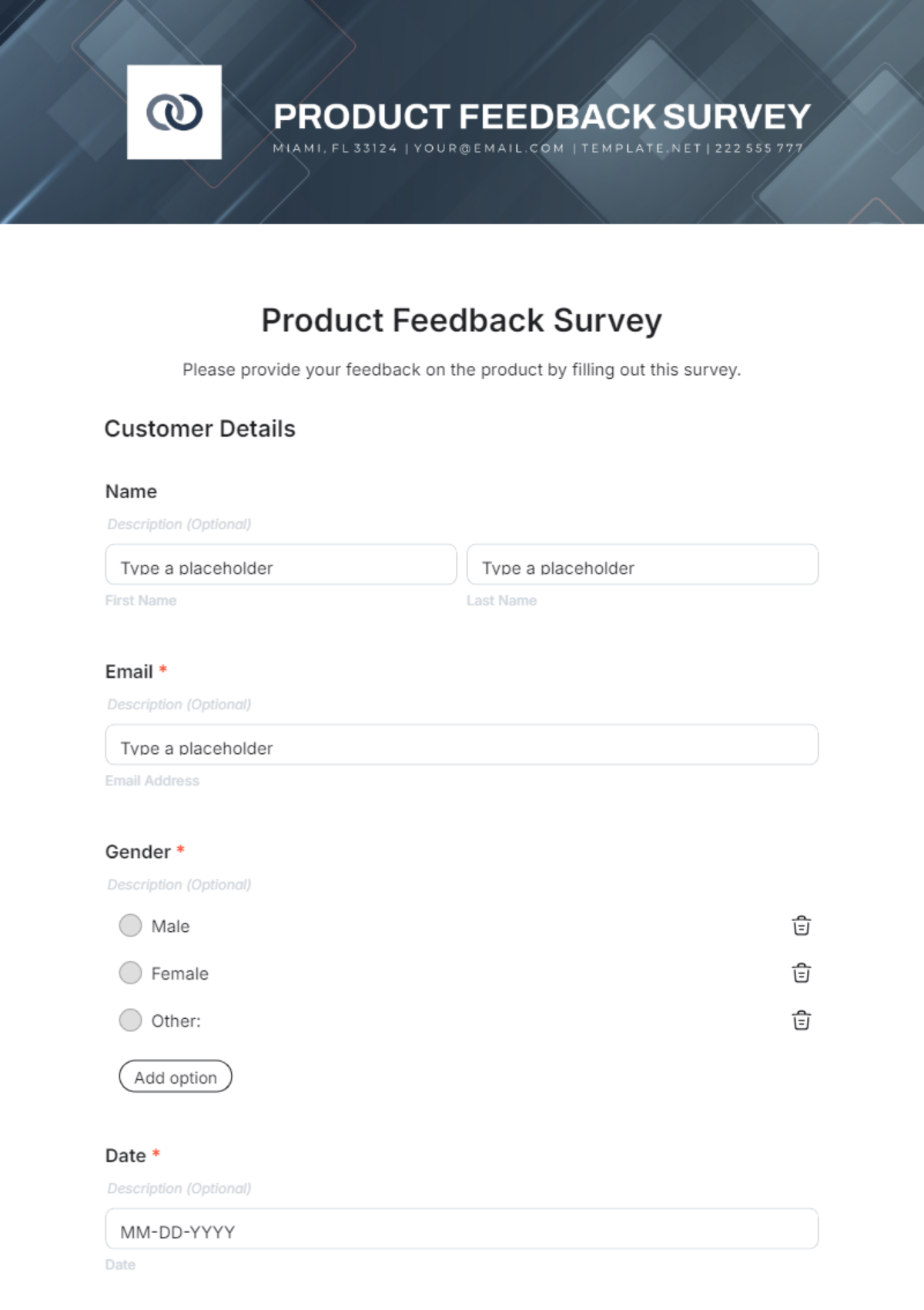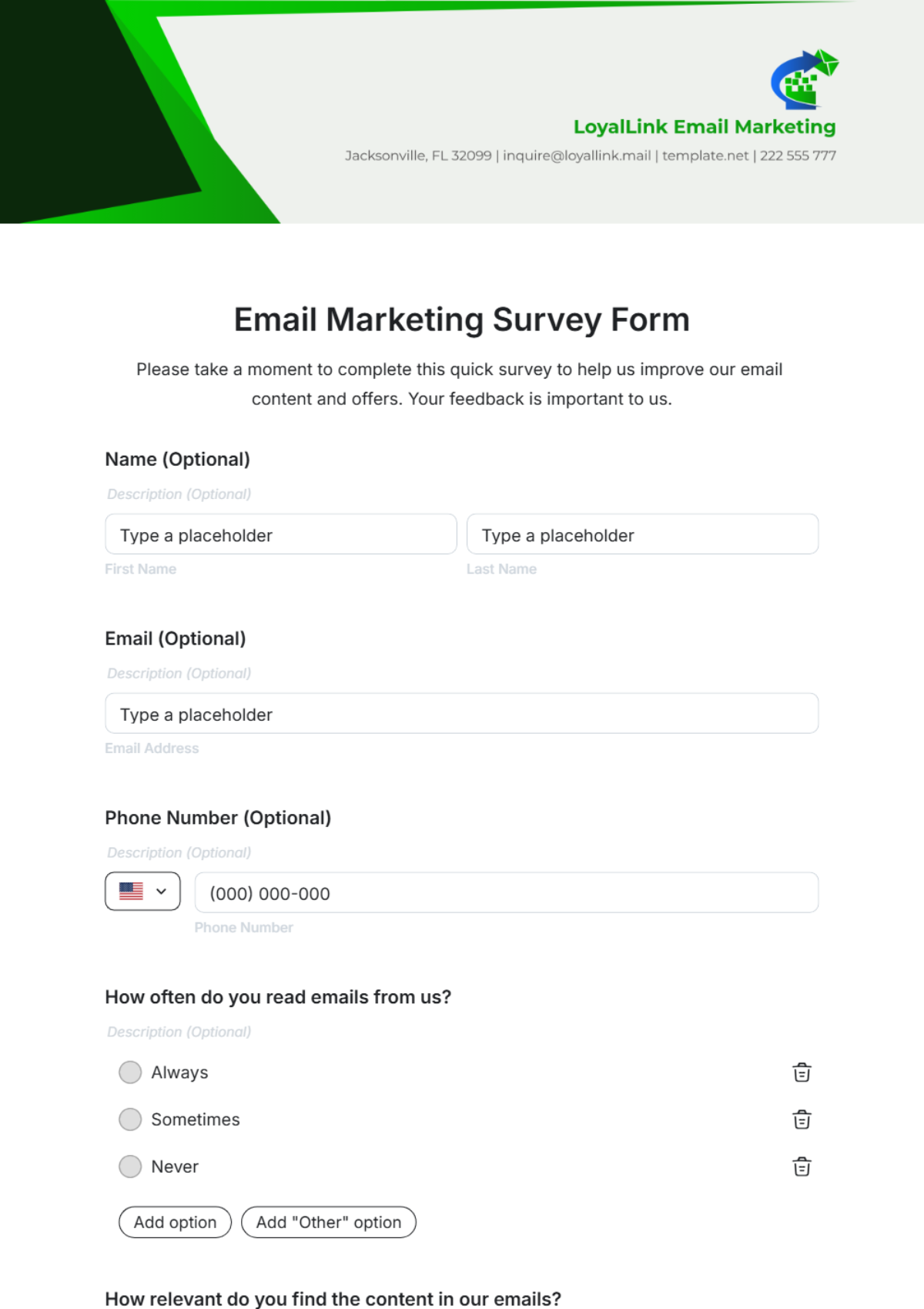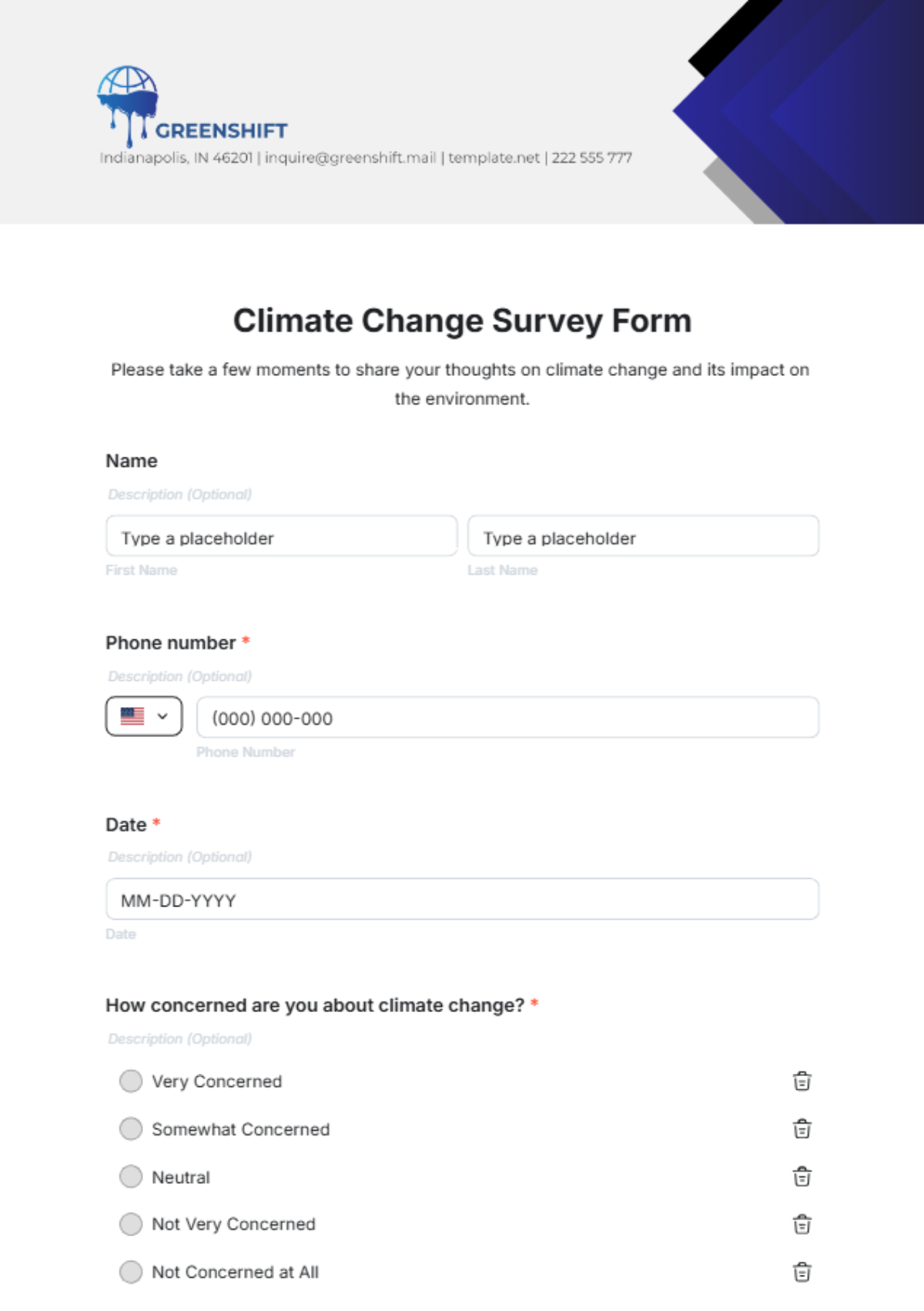SURVEY ARTICLE
"Survey Success: A Guide to Effective Research"
Prepared by: [Your Name]
I. Introduction

In today's data-driven world, conducting surveys is a powerful method for gathering valuable insights and understanding trends, preferences, and opinions across various demographics. Whether you're a business looking to better understand your target audience or a researcher seeking to explore a particular topic, a well-designed survey can provide invaluable data to inform decision-making and drive meaningful outcomes.
II. Understanding the Purpose of Surveys

A. Defining Objectives
Clearly define the objectives of your survey, including the specific questions you aim to answer and the insights you hope to gain.
Determine the target audience and demographic characteristics to ensure your survey effectively captures relevant data.
B. Designing the Survey
Craft clear and concise survey questions that are easy to understand and answer.
Consider the use of various question types, such as multiple-choice, open-ended, Likert scale, and ranking questions, to gather diverse perspectives.
Ensure the survey is structured logically, with questions grouped thematically and presented in a logical sequence to maintain respondent engagement.
C. Distributing the Survey
Choose appropriate distribution channels based on your target audience, such as email, social media, website pop-ups, or in-person interviews.
Implement strategies to maximize response rates, such as offering incentives, personalizing invitations, and sending reminders to non-respondents.
Monitor survey responses in real-time to track progress and identify any potential issues or trends that may require adjustment.
III. Analyzing Survey Results
A. Data Collection and Management
Collect survey responses using a reliable platform or software that allows for easy data aggregation and analysis.
Clean and validate survey data to remove any inconsistencies, errors, or incomplete responses that may skew results.
Organize and categorize survey data into meaningful segments for analysis, such as demographics, responses to specific questions, and trends over time.
B. Interpretation and Insights
Conduct thorough analysis of survey results to identify patterns, trends, correlations, and key findings.
Interpret survey data in the context of your objectives and research goals, drawing actionable insights and implications for decision-making.
Visualize survey findings using charts, graphs, and tables to enhance understanding and communicate results effectively to stakeholders.
C. Drawing Conclusions and Recommendations
Summarize the main conclusions drawn from the survey analysis, highlighting key insights and implications for further action.
Provide actionable recommendations based on survey findings, outlining potential strategies, interventions, or areas for improvement.
Consider the broader implications of survey results for your organization, industry, or research field, and explore opportunities for future research or exploration.
IV. Conclusion

Conducting surveys is a valuable tool for unlocking insights and understanding the attitudes, behaviors, and preferences of your target audience. By following best practices in survey design, distribution, and analysis, you can harness the power of data to inform decision-making, drive strategic initiatives, and achieve meaningful outcomes. Whether you're conducting market research, gathering customer feedback, or exploring new ideas, a well-executed survey can provide valuable insights to guide your next steps.





